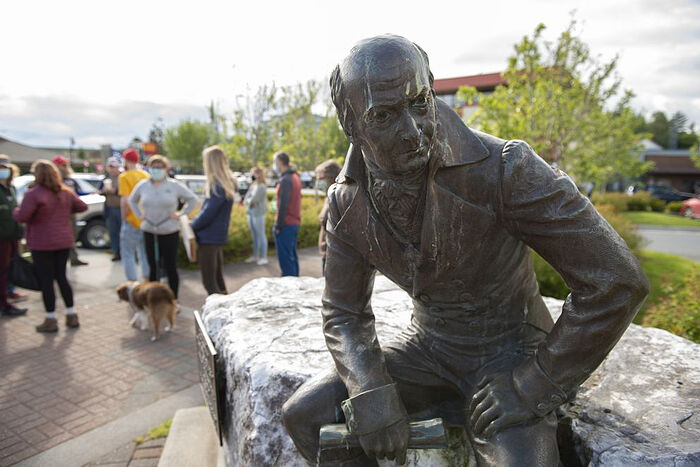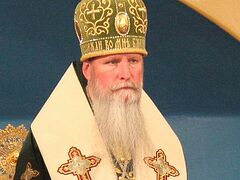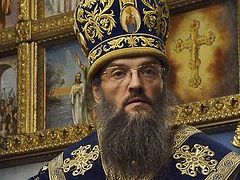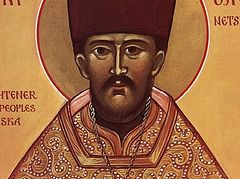Sitka, Alaska, July 20, 2020
Among the latest targets in the mob movement to remove historical monuments throughout America that has gained steam since the tragic death of George Floyd is the statue of Alexander Baranov, the first Russian governor of Alaska, that sits outside the Sitka City Hall.
Nearly 100 people rallied in front of City Hall on June 23, calling for the statue to be removed, and the Sitka Assembly voted 6-1 last Tuesday to move the statue from its prominent spot in the town.
Baranov was the first chief manager of the Russian-American Company and directed the expansion of Russian authority in coastal Alaska during the late 18th and early 19th centuries. The original Tlingit inhabitants of Sitka burned the settlement in 1802, though Baranov reconquered the site in 1804, laying the groundwork for continuing Russian rule.
His statute was donated to Sitka in 1989 and has been controversial with Native leaders ever since, who are now calling for it to be removed to a museum, “where a fuller story can be told,” in the words of the Sitka Tribe of Alaska.
Among those defending Baranov and his statue is His Eminence Archbishop David (Mahaffey) of Alaska of the Orthodox Church in America.
In a letter to the editor of the Anchorage Daily News entitled, “Don’t blame Baranov,” published on Friday, December 17, Abp. David argues that, while admittedly true history of Native Americans in Alaska “has often been overlooked or even hidden from the history books,” to remove Baranov’s statue would only further damage the state’s sense of history.
“I feel that removing the statue of the first Russian Governor in Alaska will not change anything and even cause a greater loss of the history of our state. Rather, would it not be better to resolve the issue in another manner? We often forget how the Natives of Alaska were treated by the Russians compared to the way they were treated by the United States authorities following the purchase of Alaska in 1867,” he writes
The Russian-controlled company brought the people the Orthodox faith and built schools, hospitals, places of worship, and community centers for the betterment of the people of Alaska, who were equally protected under Russian law, His Eminence writes.
The Russians also sent many natives to receive higher education and produced native priests, iconographers, and education leaders for each community. “Said another way, they treated these ‘Americans’ as equals, not slaves.”
While it is true that fur-harvesting Russians often took advantage of the Native Alaskans, their way of life was also improved under Baranov, Abp. David writes.
“Was he perfect? No, and neither were any of his successors. But compared to the treatment of these Alaskans under the supervision of those sent to Alaska to make them ‘real’ Americans under Sheldon Jackson, the difference is dramatic,” the hierarch continues.
In conclusion, “If the City Council of Sitka wants to consider doing anything to help ease the offense suffered by Alaska Natives, it should be the removal anything related to Sheldon Jackson, not Alexander Baranov,” Abp. David writes.





